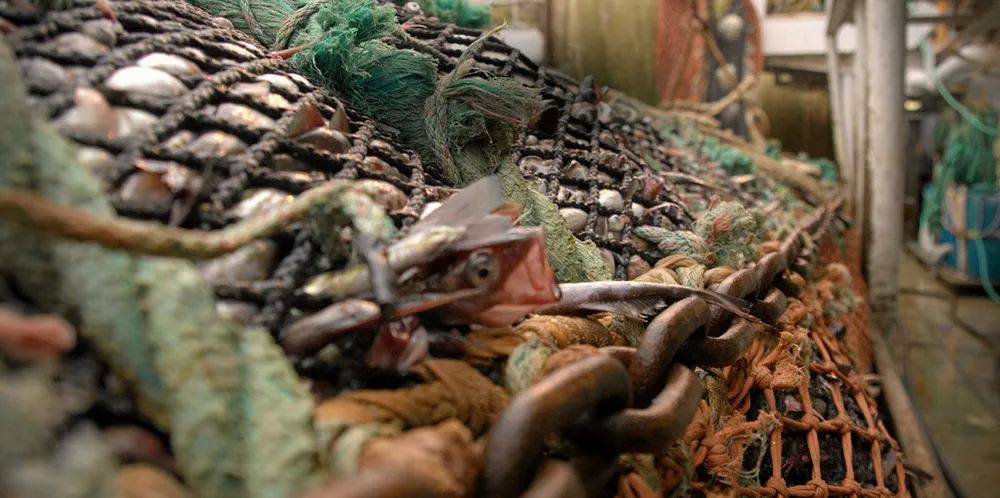Pacific whiting fishery seeks Alaska's RFM eco-label, the first assessment outside of the state
The certification program, which has existed for over two decades, is starting to expand beyond Alaska.

Alaska's Responsible Fisheries Management (RFM) sustainable seafood certification program is welcoming its first fishery outside of Alaska into its assessment process.
Private consulting and auditing company MRAG Americas will conduct the assessment.
Once a fishery is certified to the RFM fisheries standard its certificate is good for five years. Each certified fishery enters annual surveillance audits for continuing certification.
"We hope that this is the first of many fisheries outside of Alaska to join the RFM program," Regnart said.
The Canada portion of the Pacific whiting fishery has not entered the RFM process, Regnart confirmed. Its certification currently comes from the Marine Stewardship Council (MSC).
CSC Foundation Board Members
- Mark Fina, Interim Chairman, US Seafoods, LLC and Amendment 80 Fleet
- Allen Kimball, Trident Seafoods & Current ASMI Board Member
- Chris Barrows, Pacific Seafoods Processors Association (PSPA)
- Tomi Marsh, Harvester & Current ASMI Board Member
- Matt Tinning, At-Sea Processors Association (APA)
- Scott Goodman/Jamie Goen Bering Sea Fisheries Research Foundation (BSFRF), Alaska Bering Sea Crabbers (ABSC)
- Stephanie Quinn-Davidson, Tanana Chiefs
- Julie Decker, Alaska Fisheries Development Foundation (AFDF)
- Tom Sunderland, Silver Bay Seafoods
The RFM program, which has been around since 2010, was finally offloaded in 2020 by the Alaska Seafood Marketing Institute (ASMI) to a nonprofit foundation outside of ASMI known as the Certified Seafood Collaborative (CSC).
Two of CSC's board members remain ASMI board members as well, and ASMI promotes the program on its own website.
An affordable alternative
Regnart said the RFM certification program is a more affordable option than programs such as the MSC because it does not require logo fees once a fishery is certified.
In contrast to RFM, the MSC charges 0.5 percent of net wholesale value to companies that use its logo, adding cost to the supply chain for those wanting to visually demonstrate sustainable seafood sourcing, according to CSC.
Decreasing assessment costs over the five-year fishery assessment cycle, expanding use of the program and the new RFM logo, and certifying fisheries outside of Alaska all have been goals of the program under the CSC.
To further increase the affordability of RFM, the Alaska program said it has adopted a joint chain-of-custody with Iceland, which has its own RFM certification program. Both programs follow the same UN Food and Agriculture Organization (FAO) documents and have been benchmarked by the Global Sustainable Seafood Initiative (GSSI).